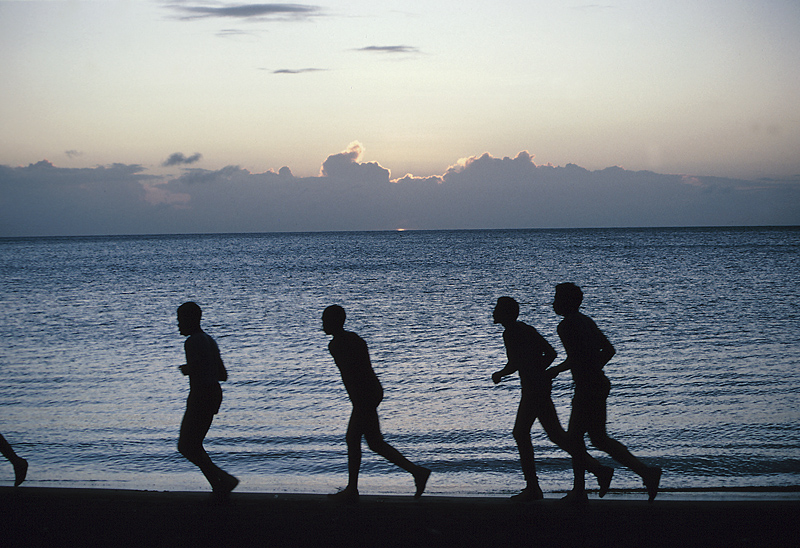

That seemingly interminable delayed response to your email doesn’t mean you’re being ignored: it could be due to a host of other factors.
Then again, you might be being ignored, researchers report.
The University of Southern California School of Engineering researchers assessed how the volume of incoming emails affects recipients’ behavior and the length of time it takes them to reply.
Email response depends on a variety of factors, including age, type of electronic device, the amount of email and timing, the researchers found.
Ninety percent of people respond within a day or two to emails they intend to respond to. But, half will respond in under an hour, and the most likely reply time is two minutes, according to the study authors.
Younger people respond faster but with shorter replies. Teens are the quickest to reply, with an average response time of 13 minutes, compared to 16 minutes for young adults ages 20 to 35. Adults 35 to 50 take 24 minutes and those older than 51 take 47 minutes, the investigators found.
Email responses from women typically take about four minutes longer than from men.
The type of technology used by recipients also matters. People working on a laptop will take nearly twice as long to reply as those using a mobile phone, the study authors said.
And if you receive a curt email reply, don’t fret. Most email replies contain just five words, more than half have less than 43 words, and only 30 percent have more than 100 words, the findings showed.
The researchers also found that when users first initiate an email conversation, they tend to exchange messages of similar length. But as the email chain continues, this similarity starts to disappear. And a long delay in the final response means the conversation is likely over, the researchers said.
And in a finding that will surprise no one, younger people are better able to cope with a large number of emails than older people. When overloaded with messages, younger people tend to send shorter and faster replies, while older people reply to a smaller percentage of emails, the study found.
In general, people have difficulty keeping up with the growing number of emails. As that load rises, people reply to fewer of their emails.
The researchers also found that people are more active emailers during the day than at night, and weekend emails get shorter replies than weekday ones.
Finally, emails sent in the morning tend to get longer replies than those sent in the afternoon.
The study findings were presented earlier this year at the World Wide Web Conference in Florence, Italy. Until published in a peer-reviewed journal, research presented at meetings is considered preliminary.
More information
To read about the psychology behind emails, visit the American Psychological Association.
Source: HealthDay
Copyright © 2024 HealthDay. All rights reserved.

Leave a Reply